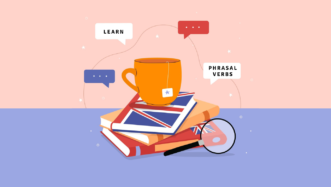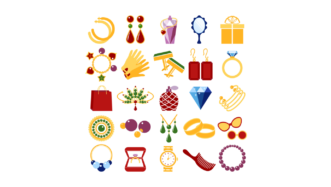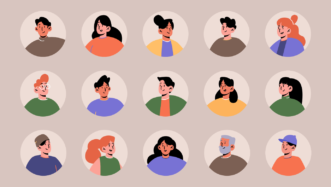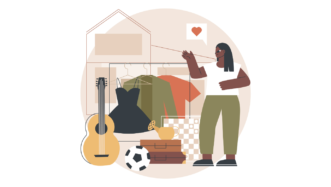LESSON OVERVIEW
In this ESL lesson students learn ways to say thank you and react to it. They discuss different situations where people thank each other, watch a video and have a lot of practice.
B2 / Upper Intermediate60 minStandard LessonUnlimited Plan
WARM-UP & USEFUL PHRASES
The lesson starts with a warm-up. A teacher can ask students whether someone has done them a favour recently and how they thanked the person. Then, students have more discussion and talk about ways to say thank you in different situations and share their experiences. After that, students learn useful phrases. First, they complete pairs of sentences with one word (e.g. ‘Thanks a bunch’ and ‘Many thanks’; ‘I owe you one’ and ‘I owe you big time’, etc.). Then, students read short dialogues and choose two reactions that are most appropriate. Later on, students put it into practice by creating short dialogues. They decide how to say thank you and react to it in different situations (e.g. getting your first job, receiving an award, missing a bus, etc.)
VIDEO & PRACTICE
In this part of the lessons, students learn more ways to say thank you and have more practice. They also work with the video. First, students read three quotes from the video and guess who the people might be thanking. They watch the video and check their ideas. Then, students watch the video again and mark the phrases to express the gratitude they hear. They also talk about the video more. As the final activity, students choose one of the four situations and write thank you notes. Then, they exchange notes and write their responses. Students can also write a note to a real person if they would like.
HOMEWORK/REVISION
This ESL lesson on ways to say thank you and react to it also includes an additional task that you can use as homework or revision. It’s available in the teacher’s version of the worksheet. You can print it, cut it up and hand it out to your students. It’s also included in the e-lesson plan.
Subscribe to unlock these and many other Standalone lesson lesson plans with the Unlimited planWORKSHEETS













This was a good idea but now I can’t use it because I’m going to cry in front of all my students lol!! Thanks for this!
I know exactly how you feel 🙂 Let me know how it goes when you use it. I’m sure your students will be touched too.